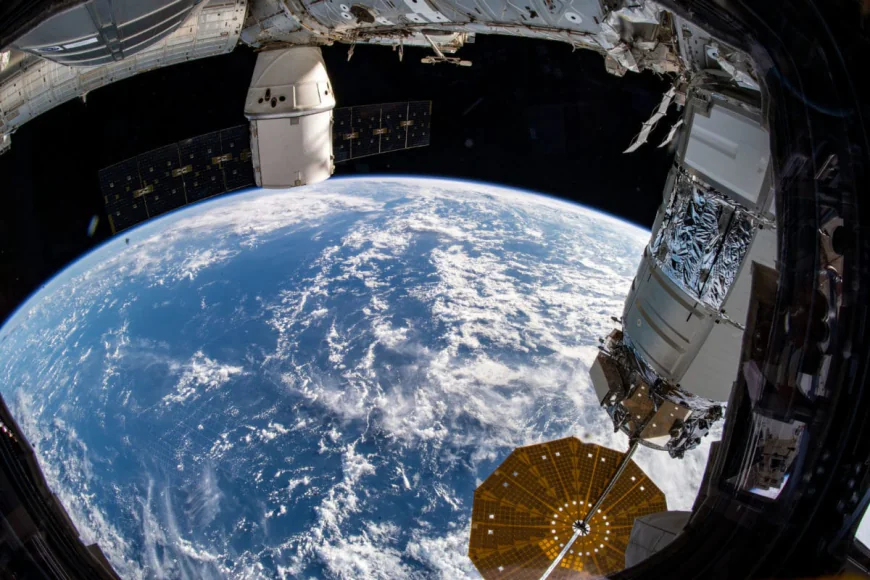From Solar to Nuclear: NASA’s Bold Energy Shift for Moon Missions

In what could be a game-changing leap for space exploration, NASA has officially announced plans to launch a nuclear reactor to the Moon by 2030 — a bold move that could redefine how humans live and work beyond Earth.
Dubbed Fission Surface Power (FSP), the project is part of NASA’s long-term vision to establish a sustainable human presence on the Moon under the Artemis program — and eventually, Mars.
Solar power works until it doesn’t. On the Moon, where night lasts for 14 Earth days and dust storms can block sunlight, relying solely on solar energy isn’t just risky — it’s impractical.
That’s where nuclear power comes in.
Unlike solar panels, nuclear reactors can generate constant, reliable power regardless of lunar weather conditions or time of day, making them ideal for powering habitats, rovers, science equipment, and life-support systems for future astronauts
NASA isn’t launching just any nuclear system. This compact, lightweight reactor is being designed to operate autonomously, run for at least 10 years, and withstand the harsh environment of space.
Partnering with the U.S. Department of Energy and private contractors like Lockheed Martin, the space agency aims to have the technology ready for deployment by the end of this decade.
More importantly, it could break the limits of how far and how long humans can explore beyond Earth.
The project, while groundbreaking, isn’t without its critics. Environmental groups and some scientists have raised concerns over launching nuclear material into space — a risk NASA says it’s mitigating through stringent safety protocols.
But to many experts, the potential reward far outweighs the risk.


